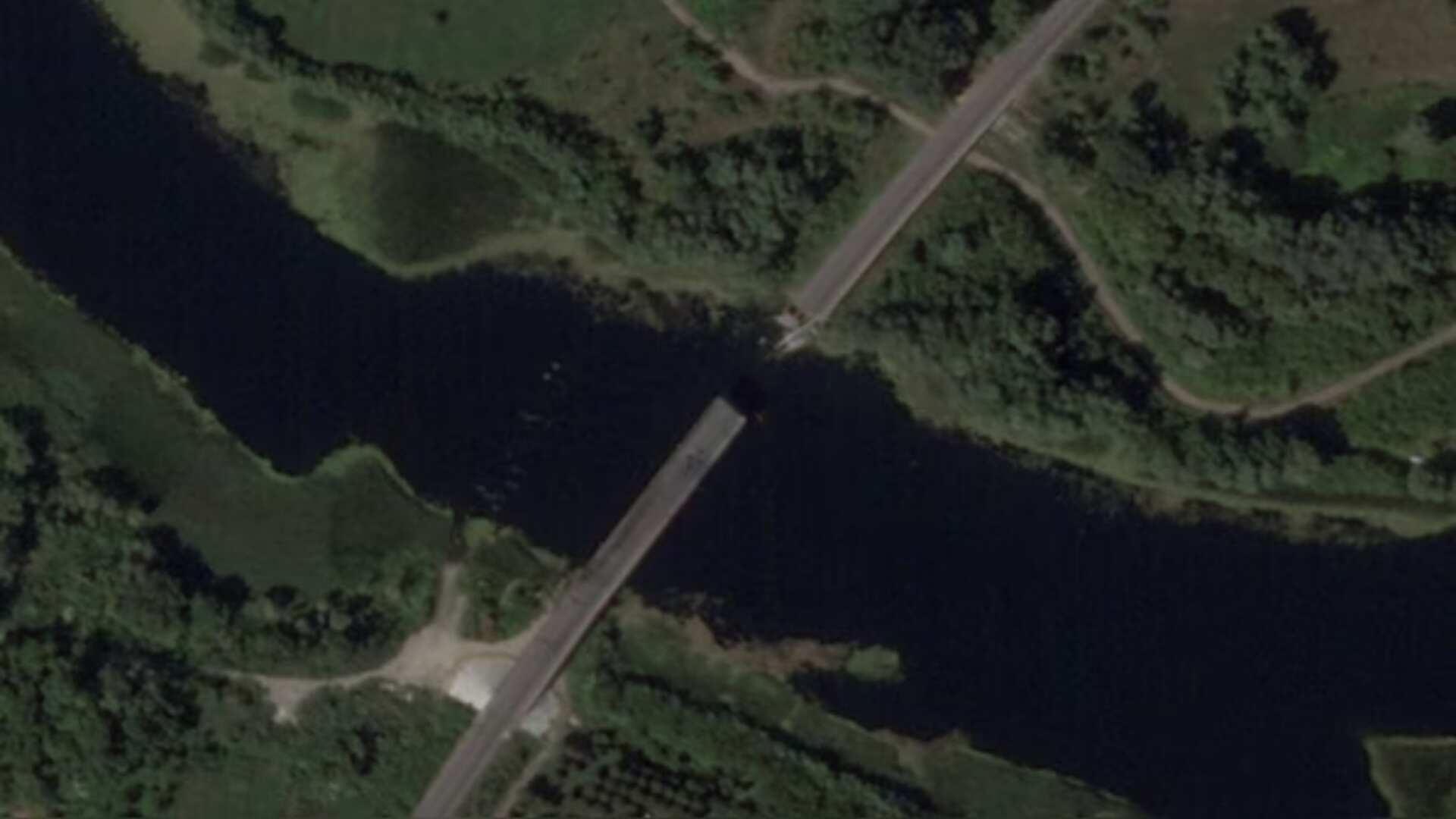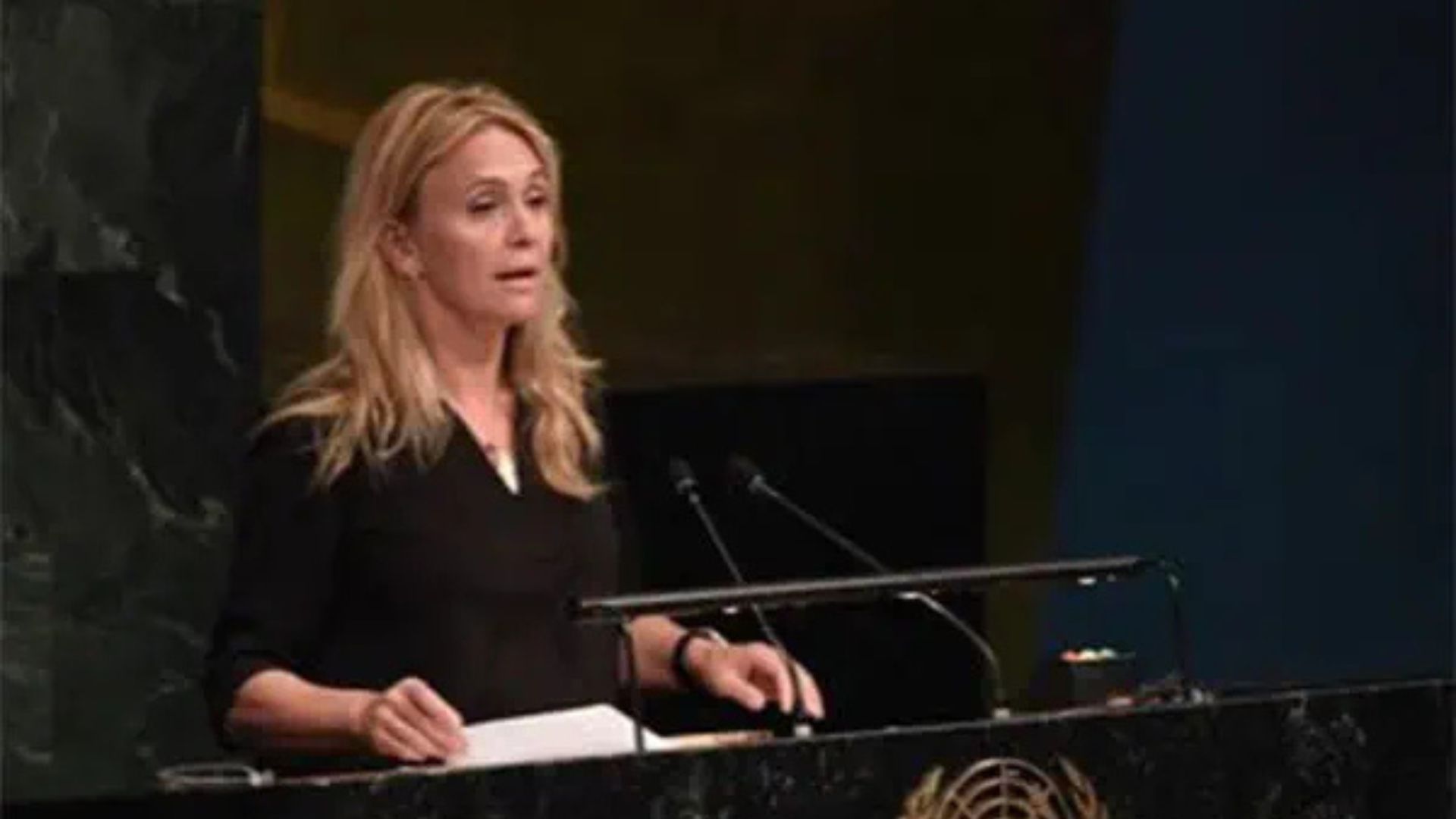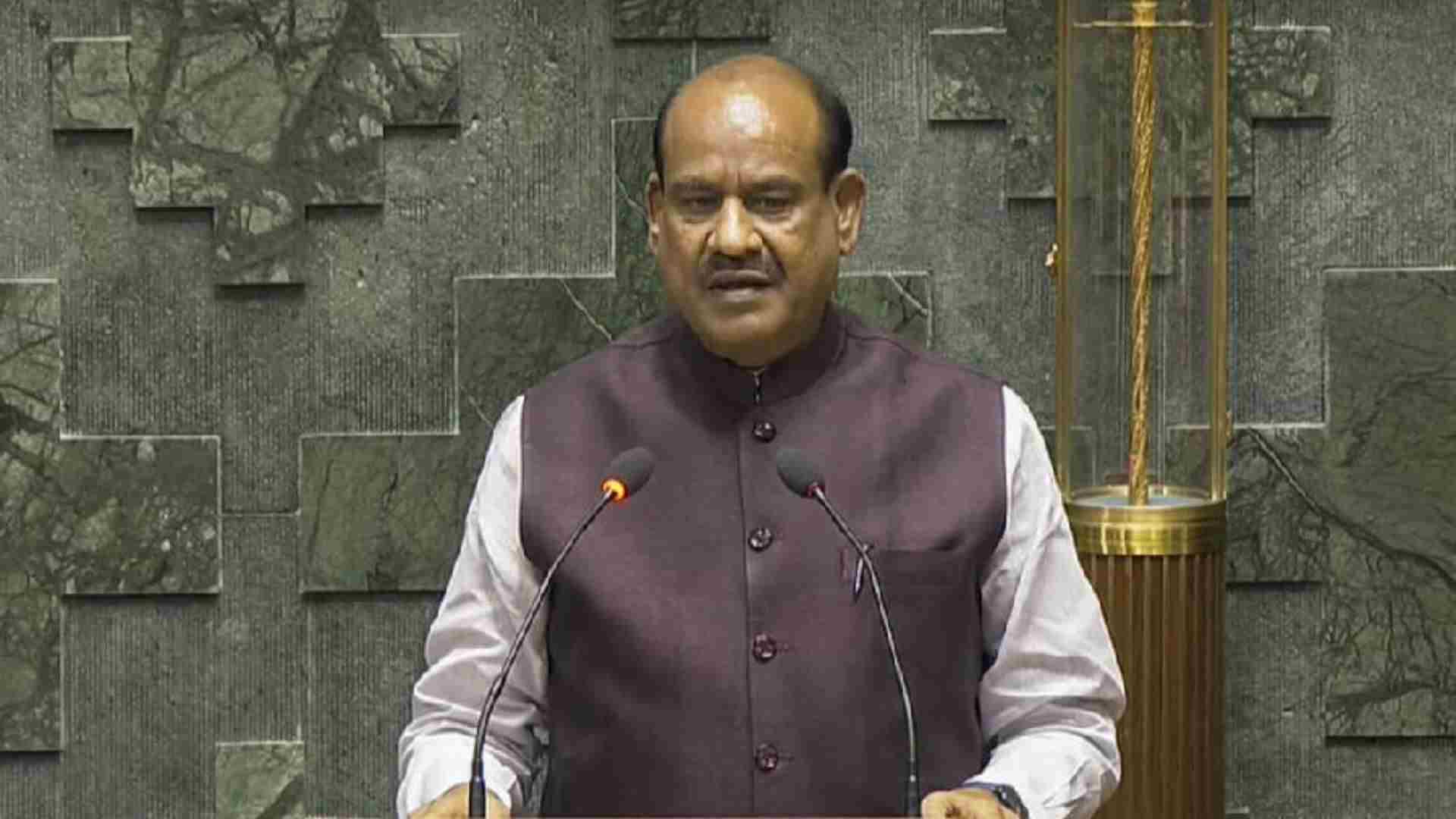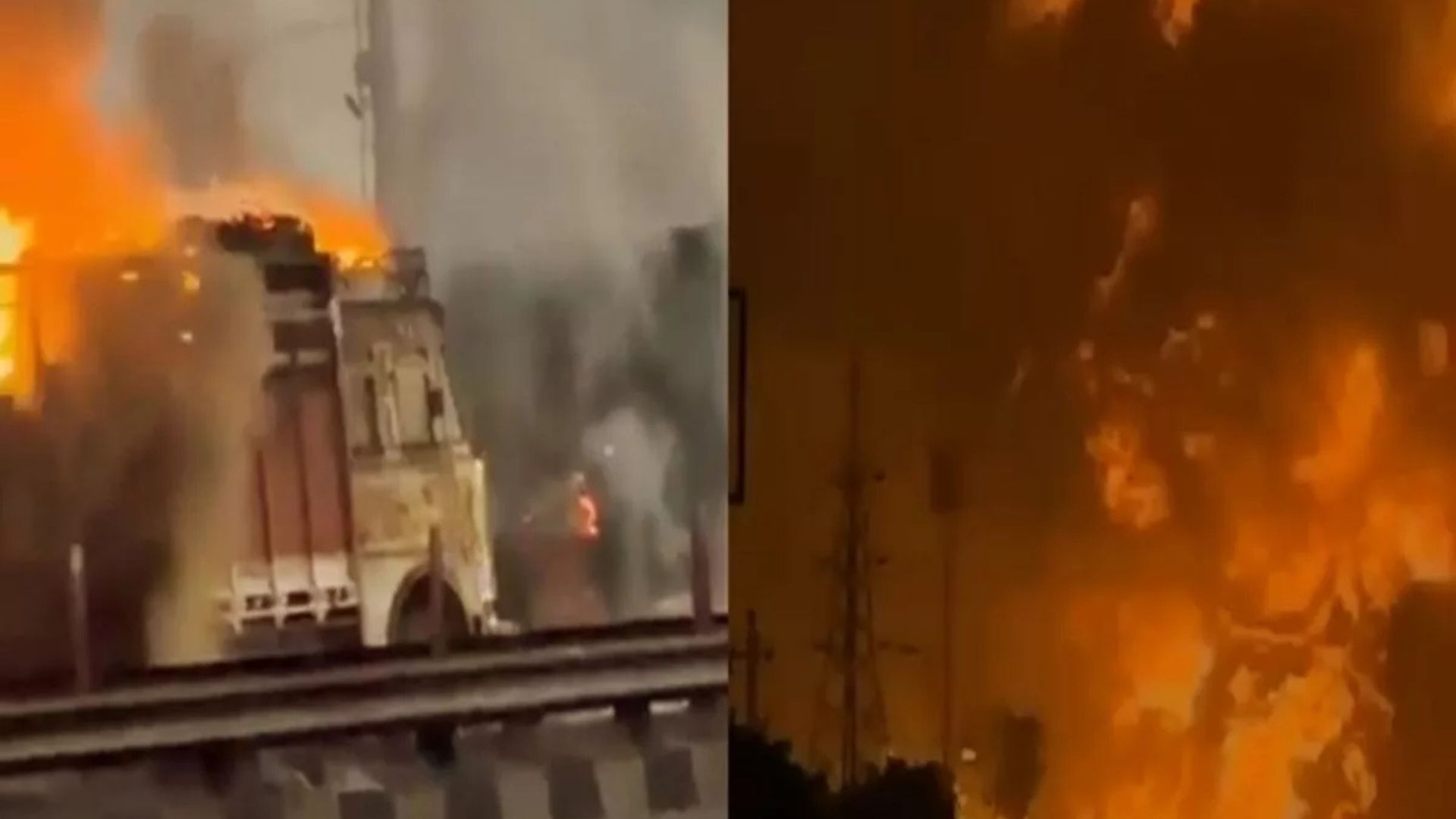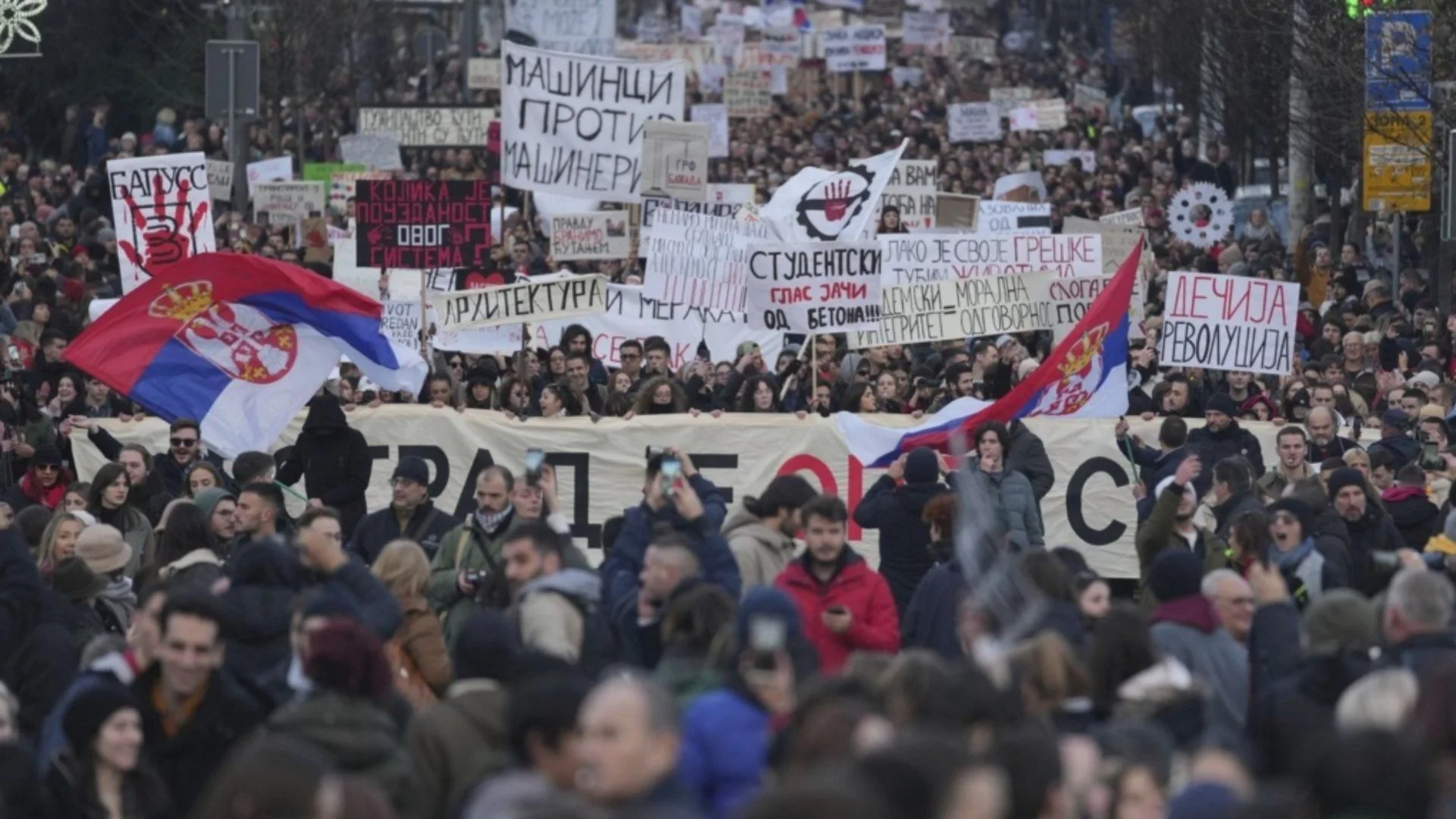In a bold move that has intensified the already fraught relations between Ukraine and Russia, Ukrainian forces have destroyed two critical bridges in Russia’s Kursk region. This strategic action appears to be part of Ukraine’s broader effort to disrupt Russian supply lines and strengthen its position in the ongoing conflict, which has raged since February 2022.
Targeting Supply Lines
The first bridge, located on the Seim River near the town of Glushkovo, was a significant target. Pro-Kremlin military bloggers acknowledged that its destruction would hinder the delivery of supplies to Russian forces attempting to repel Ukraine’s incursion. Although Moscow could resort to using pontoons and smaller bridges, the impact on their logistics is undeniable.
Ukrainian Air Force Chief Lt. Gen. Mykola Oleshchuk shared a video on Friday that showed the bridge being severed in two by an airstrike. This was followed by the destruction of a second bridge across the Seim River, further crippling Russia’s ability to maintain its military operations in the area. Oleshchuk declared on Telegram, “Minus one more bridge!” emphasizing that these precise airstrikes were aimed at diminishing the enemy’s logistical capabilities, which “significantly affects the course of hostilities.”
Ukraine’s Strategic Objectives
Ukrainian President Volodymyr Zelenskyy outlined the rationale behind these aggressive tactics. “It is now our primary task in defensive operations overall: to destroy as much Russian war potential as possible and conduct maximum counteroffensive actions. This includes creating a buffer zone on the aggressor’s territory – our operation in the Kursk region,” he stated in a recent address.
Since the operation began on August 6, Ukrainian forces have made significant advances into Russian territory, capturing several villages and taking numerous prisoners. According to Ukraine’s army chief, the operation has allowed Ukrainian forces to secure over 1,000 square kilometers within the Kursk region.
The Buffer Zone Debate
Both Ukraine and Russia have recognized the strategic importance of establishing buffer zones. Russian President Vladimir Putin, during a visit to China in May, mentioned that Moscow’s offensive in Ukraine’s northeastern Kharkiv region aimed to create such a zone. This action was in response to Ukrainian shelling of Russia’s Belgorod region, which displaced thousands of Ukrainians. “If it continues, we will be forced to create a security zone, a sanitary zone,” Putin said at the time, adding, “That’s what we are doing.”
While Ukraine’s recent gains in Kursk have boosted its forces’ morale, analysts caution that pushing deeper into Russian territory could be risky. Kyiv’s supply lines, which extend far into Kursk, are vulnerable to counterattacks, making the operation a calculated but perilous endeavor.
Nuclear Concerns at Zaporizhzhia
The escalating conflict has also raised alarms about the safety of the Zaporizhzhia nuclear plant. Rafael Grossi, head of the International Atomic Energy Agency (IAEA), called for “maximum restraint from all sides” after an explosive drone detonated just outside the plant’s protected area. The incident occurred near essential water sprinkle ponds and dangerously close—about 100 meters—from the only power line supplying the plant. The IAEA team stationed at the facility reported intense military activity in the surrounding area, heightening concerns of a potential disaster.
What Lies Ahead?
As the conflict intensifies, Zelenskyy has urged Ukraine’s allies to lift restrictions on using Western weapons for deeper strikes within Russia, including in Kursk. He believes that with sufficient long-range capabilities, Ukrainian forces could “deprive Moscow of any ability to advance and cause destruction.”
In response, Russia has escalated its missile attacks on Kyiv, launching its third ballistic missile assault on the Ukrainian capital this month. However, reports indicate that most of these missiles were intercepted before reaching their targets.
Adding to the tension, Belarusian President Alexander Lukashenko, a close ally of Putin, has massed nearly a third of his country’s army along the Ukrainian border. In a recent interview with Russian state television, Lukashenko warned that Ukraine’s actions could provoke Russia into using nuclear weapons, a threat that has loomed ominously over the conflict since its inception.
As both sides continue to escalate their military actions, the prospects for a peaceful resolution appear increasingly distant, with the stakes higher than ever.

